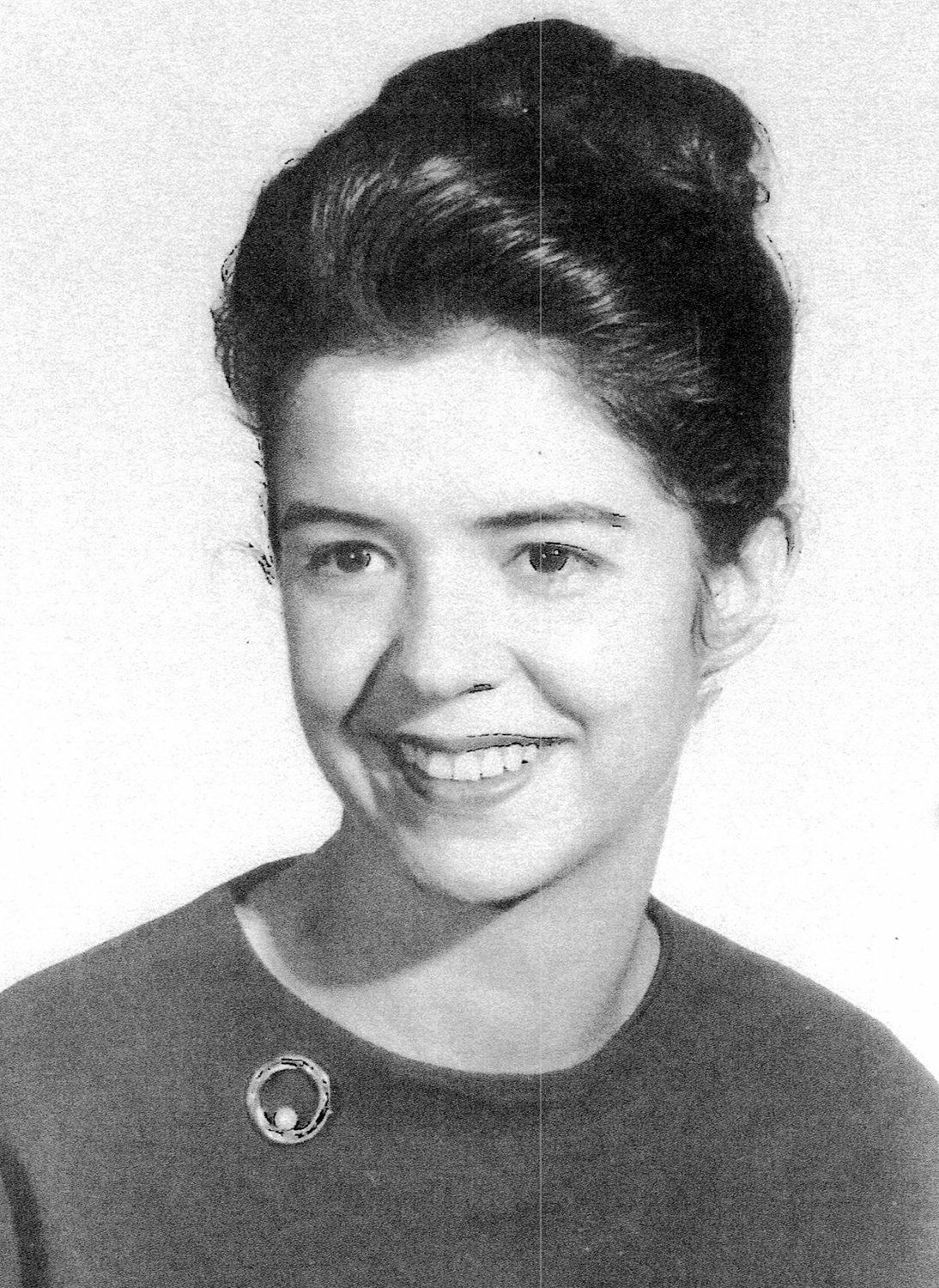Historian, writer detailed Clay County’s past for a decade for Clay Today
Mary Jo McTammany, Dec. 31, 1942-Dec. 18, 2020
CLAY COUNTY – For more than a decade, Mary Jo McTammany provided readers with a magical portal to Clay County’s past.
She told us stories of how Black Creek fueled the local economy with …
This item is available in full to subscribers.
Attention subscribers
To continue reading, you will need to either log in to your subscriber account, or purchase a new subscription.
If you are a current print subscriber, you can set up a free website account and connect your subscription to it by clicking here.
If you are a digital subscriber with an active, online-only subscription then you already have an account here. Just reset your password if you've not yet logged in to your account on this new site.
Otherwise, click here to view your options for subscribing.
Please log in to continueDon't have an ID?Print subscribersIf you're a print subscriber, but do not yet have an online account, click here to create one. Non-subscribersClick here to see your options for subscribing. Single day passYou also have the option of purchasing 24 hours of access, for $1.00. Click here to purchase a single day pass. |
Historian, writer detailed Clay County’s past for a decade for Clay Today
Mary Jo McTammany, Dec. 31, 1942-Dec. 18, 2020
CLAY COUNTY – For more than a decade, Mary Jo McTammany provided readers with a magical portal to Clay County’s past.
She told us stories of how Black Creek fueled the local economy with timber and turpentine, of the massive steamboats that used to dock in Green Cove Springs with another load of rich and powerful winter residents, of Camp Blanding’s role in defeating Japan in World War II, of how the state carved an area from Duval in 1858 to create Clay County and of how the Middleburg United Methodist Church still is the oldest Protestant Church building in continuous use in Florida.
When she wasn’t pouring through dusty and faded artifacts, McTammany was chronicling each discovery in the Clay Today. Her bi-weekly column ran from early 2009 until last year, but her passion for the county’s past lasted until she died last month of natural causes. She was 77.
“Mary Jo was a real blessing to our community and readers of Clay Today,” said the newspaper’s publisher, Jon Cantrell. “The readers loved those stories, young and old.”
McTammany spent hours at the Clay County Historical Archives doing research, according to Archives Specialist Vishi Garig.
“She really loved the history of Clay County, especially Orange Park, where she grew up. She loved to write about the stories of our lives here in Clay County. She came over and did research for every story. She always did her research. She could back up her facts. If you had a historical question about Orange Park, she could answer it.”
McTammany’s wrote about 275 columns for Clay Today. Her work, along with her research and notes, will be donated to the county’s archives office.
“We were so very sad to hear about the passing of Mary Jo McTammany,” said Mary Justino, the clerk’s office’s public information coordinator. “Not only was she a lovely person, but she was also an excellent researcher and historical writer. Her monthly articles featured in your newspaper were always a great read, and Vishi at Archives was proud to assist Mary Jo in locating the content and photos for those on a regular basis. We will miss Mary Jo and her writing.”
Her first story appeared in 2009. It was about Washington G. Benedict, the founder of Orange Park. Other stories included how hardware merchant Ed Wiggins rode his horse and buggy from Green Cove Springs to Keystone Heights in 1925 to install a crude system of electrical lines that eventually became Clay Electric, how the old county jail was considered on the cutting edge in 1894 and the celebration that followed the opening of the Jennings Bridge at Black Creek.
She wrote:
“On June 16, 1917, Middleburg was crawling with state, local and national movers and shakers. The occasion was the opening of the Bryan Jennings Bridge across the north prong of Black Creek.
“Folks living in the area were almost giddy with enthusiasm because this bridge meant opening up the vast acreage east and west of Middleburg to industry and commerce. They were no longer exclusively dependent on ferries or a boat trip up the St. Johns River to reach markets in Jacksonville and points north.”
She also wrote about the Green Cove Springs Village Improvement Association, the first women’s club in Florida. Her story started, “In the early 1800s the town of Green Cove Springs struggled between being a rambunctious, rural, frontier settlement and, in the winter months, playing host to progressive, enlightened northern tourists.” She detailed how visitors from the Northeast and around the world filled local resort hotels and boarding houses. They were escaping “heavy industrial gaging air pollution and appalling sanitary conditions,” she said.
The women’s group was determined the out-of-towners didn’t bring their dirty problems to Green Cove Springs.
“It was a clash of cultures in the dusty, dirty streets and the women of Village Improvement Association waded right into the fray, cleaned up the town and organized women across the state into a force to be reckoned with,” McTammany wrote.
McTammany’s husband, Thomas, died in 2017. She is survived by a son and daughter.
“She was my friend,” Garig said. “We were fellow historians. I’m going to miss her.”
So will Clay County.








